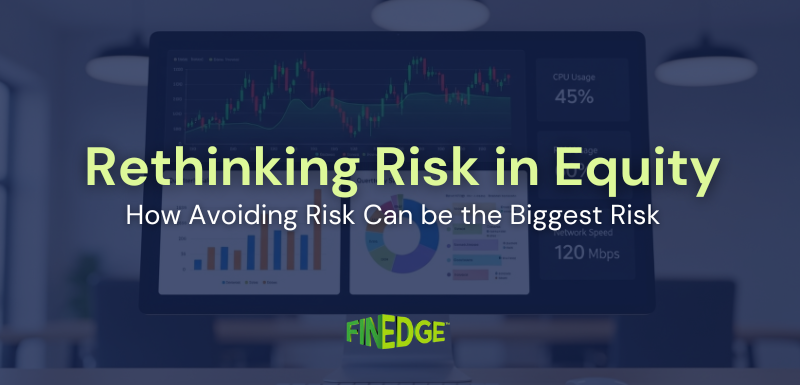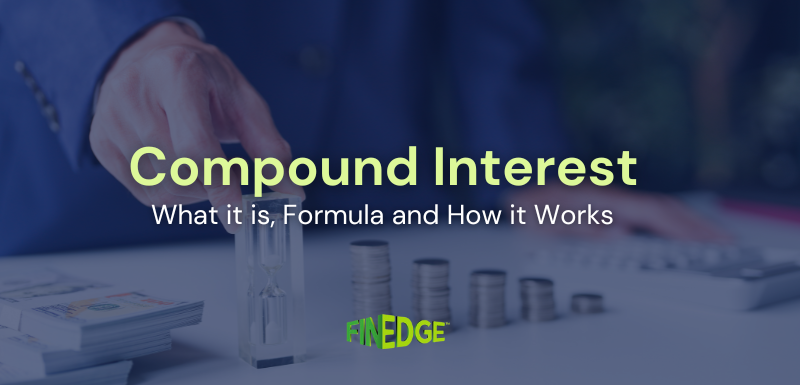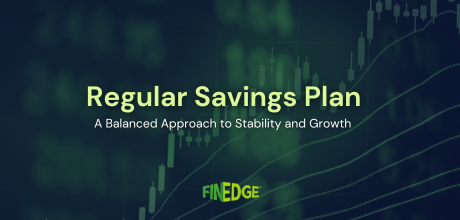The question most investors are asking: Abhi Kaunsa Mutual Fund Sahi Hai?

AMFI’s impactful “Mutual Fund Sahi Hai” Campaign has been extremely successful in drawing new investors into the fold. The industry AUM recently went past the 23 Lakh Crore mark, with the folio count looking all set to cross 7 crores this year.
However, with the tailwinds that drove a lot of Mutual Fund returns over the past 3 years starting to taper off now, many investors are confused about where to deploy their funds. Most Bond Funds have given poor returns in the past year, and equity funds have been erratic too, with midcaps correcting heavily.
Corporate Bond Funds or “Credit Opportunities” Funds
If you’re a low risk-taking investor, this is a good time to start investing into Credit Opportunities Funds (COF’s). COF’s primarily invest into bonds that are lower rated than say AAA’s or AA’s, but have the potential for getting upgraded due to improving corporate performance that could lead to deleveraging and a cleaning up of their balance sheets. Large AMC’s devote significant amounts of time and resources towards ensuring that the default risk that they take on in these funds are well thought out and measured. Due to the recent spike in bond yields, a lot of these funds are running with high YTM’s in the 9.5% to 10% range, making the worth considering.
Dynamic Asset Allocation Funds
Dynamic Asset Allocation funds are a silver bullet solution for moderate risk investors who tend to be swayed by their own behavioural biases, but would like to simultaneously participate in the growth of the equity markets. They provide a convenient “shut and forget” option for such investors. A type of Hybrid Fund, DAA’s tend to reduce their equity holdings as valuations rise (as measured by indicators such as Price to Earnings Ratio or Price to Book Value ratio), and stock up as valuations dip. In range-bound markets, its commonly seen that retail investors end up doing the opposite, thereby incurring losses on both sides. It’s also worth noting that Dynamic Asset Allocation Funds are tax efficient, as they use hedged positions (just like arbitrage funds) to cover gaps in case they end up reducing their stock holdings to less than 65% of their portfolios.
Fixed Maturity Plans
Due to the fact that bond yields have risen sharply across the board in the past one year, 3-year FMP’s (Fixed Maturity Plans) have become an attractive proposition for low risk-taking investors who don’t mind a hard lock in on their funds. With yields on 3-year AA’s rising to 8.25% - 8.50%, the spread of potential FMP returns over fixed deposits has become worth considering. Notably, FMP’s eliminate interest rate risk by holding their portfolio bonds to maturity. Do note that once you invest into an FMP, there’s no exit option before the maturity date! Typically, we fund many ~3 year FMP’s getting launched towards the end of each fiscal year, as they offer the benefit of additional tax efficiency by adding an extra fiscal year into the indexation calculations.
Your Investing Experts
Relevant Articles
When Playing It Safe Becomes Risky: Rethinking Risk in Equity Investing
Avoiding risk often feels prudent, especially when markets turn volatile. But in investing, staying away from equity entirely can quietly become the biggest risk of all.
The Power of Compounding: How Small Investments Turn into Big Wealth
Compounding is the single most powerful force behind long-term wealth creation. It rewards patience, discipline, and consistency more than any short-term strategy ever can. If you want your investments to grow exponentially instead of linearly, compounding must be at the centre of your approach.
Regular Savings Plan: A Balanced Approach to Stability and Growth
Not every investment in a portfolio is meant to maximise returns. Some are meant to preserve capital, manage volatility, and provide predictability. A regular savings plan serves exactly this role. It is designed for investors who want a more measured approach where stability takes priority, and growth plays a supporting role rather than the lead.
.png)


